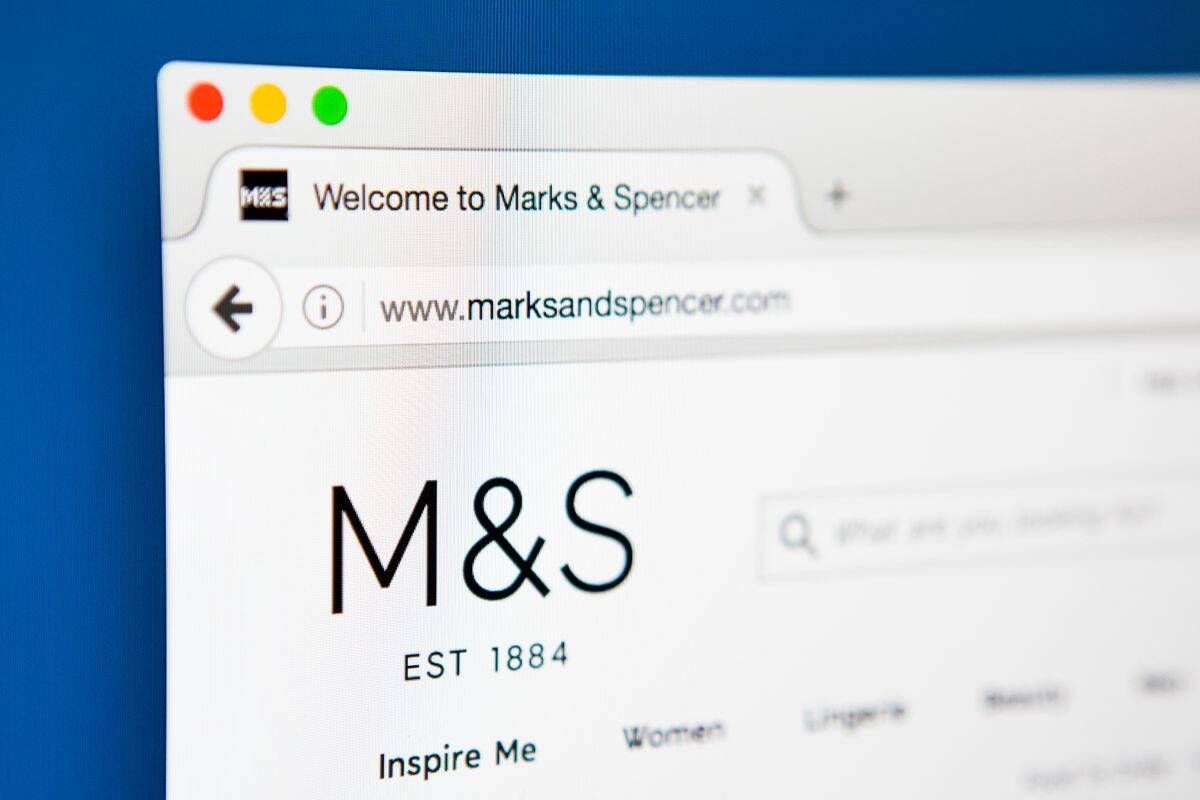Retailers who understand how to safely accept as many sales as possible can boost their bottom line. Internet Retailing and Kount, specialist in fraud and risk management solutions, recently hosted a webinar focusing on how traders can: Boost Sales, Beat Fraud and Reduce Chargebacks. Our speaker was Don Bush, marketing director of Kount.
The excessive chargeback club is one that noone wants to be a member of,” said Kount marketing director Don Bush, speaker in the Internet Retailing/Kount Boost Sales, Beat Fraud and Reduce Chargebacks webinar.
But, he told the audience, many retailers don’t recognise the risks that fraud poses to their business. While many may say they don’t have a fraud problem there are, he argued, essentially two types of business: those that have been hit by fraud – and those that will be.
Kount, explained Bush, is a company with a mission. It’s a company whose founders started out as retailers, but when they encountered their own fraud problem, they turned to building their own solution.
Now, said Bush, “our mission is to increase sales and decrease the fraud and risk that all companies have when they trade online.”
A poll of the webinar audience found 75% of those listening in were concerned about payment fraud, followed 8% concerned by account takeover, and 8% by crossborder fraud, while 4% said they were concerned about affiliate fraud. The remainder opted for ‘other’.
The “staggering” cost of fraud hits merchants hard, consuming time as well as money. Unsurprising, then, that many are risk-averse when it comes to accepting an order, said Bush, who pointed to an average order rejection rate in the US of 2.4% but internationally of 7.8%. Expensive manual review processes, he said, make up nearly 70% of fraud prevention. And there are other costs too, when fraud prevention slows the transaction. “Whenever a customer is delayed by even as much as a second, conversion rates can drop by as much as 7%,” said Bush.
But ecommerce is bringing higher levels of fraudulent activity that merchants, themselves no experts in fraud, are working hard to try to counter. “Globally, ecommerce increased in 2012 by 18%,” said Bush. “But the problem is fraud worldwide increased by 26%.” Fraud rings now span the globe while Wired magazine last year reported on one remote Romanian town whose key income now comes from cyberfraud. Types of fraud include botnets, malware, and can also hit customers using virtual currencies and in-game purchasing.
Asked in a poll what their current chargeback rate was, 44% of the audience said they didn’t know, 20% said less than 0.5%, 16% said 0.6%-1%, 12% said between 1% and 1.5% and 8% said it topped 1.6%.
“Oftentimes,” said Bush, “people don’t know what their chargeback rate is because it’s handled in finance. When we do know we can see the effect on overall sales on our site.”
Case study: BustedTees.com
Kount worked with T-shirt site BustedTees.com which discovered “rampant” fraud when it span out of its parent company as an independent business. Chargebacks were upwards of 2%, internal systems were not reducing risk, and a shift to manual reviews reduced sales conversion. All this was hitting growth which slowed as a result.
After implementing Kount, the company monitored and customised it over six weeks to align with its business strategy, along with their rules, reporting and use of new tactics.
As a result, chargebacks fell to their lowest level ever, at less than 0.25%, while manual reviews fell. Because the company felt more confident to take new opportunities, including expansion into 30 high-risk markets, it increased sales by 30-40%.
The system allowed it to find out about its customers at the same time. Data showed that BustedTees.com had more German customers than it thought so it deployed German language promotions on its home page and boosted conversion rates by 25%. “About 95%-97% of the data that you get is about good customers,” said Bush. “It’s only that small fraction of fraud that gives us a headache. If we can take the information from those larger customers, which are the good customers, and use that, we can turn it into sales.”
Bush moved on to look at the questions that merchants have about chargebacks, and pointed out that attitudes to fraud risk vary from industry to industry. While the vendors of digital goods may be happy with a higher chargeback rate, those selling laptops are likely to want a lower chargeback rate.
Symptoms of fraud, he said, could include a chargeback of more than 0.5%, a returns rate higher than 1% a rejection rate higher than 1% and high affiliate turnover – all that companies should be looking at in order to ascertain whether a company has an issue.
Putting a fraud strategy in place, explained Bush, is about more than fraud screening. It’s also about strategy and operations management. He went on to consider the dynamic fraud performance management can play in that, performing checks in real time so as not to delay the sale, and to give a detailed explanation of how fraud detection systems work to counter a range of fraud problems.
For while typical remedies can include turning off IP addresses across entire continents, or turning off affiliate marketing this can hit expansion and sales growth hard, said Bush.
Case study: CDBaby
The world’s largest online distributor of independent music pays 75% in commissions to affiliates. But when it had a fraud problem, it didn’t understand where it was coming from or what was happening. Using Kount helped it to discover a multi-pronged approach. Fraudsters posing as artists would upload music for sale. They would then join as an affiliate, and finally they’d use stolen credit card data to buy the songs, triggering affiliate payments.
Implementing Kount helped it to reduce fraud by 96%, with no loss in revenue. Marketing opportunities triggered by the information that the system reveals included a move to translate the site into French.
Bush summed up the steps to get out of chargeback hell like this:
• Recognise the symptoms of fraud
• Understand what’s happening
• Understand the causes.
• Implement a complete solution
“Even if we don’t understand what’s happening or what the causes are, some times a complete fraud solution will help to find those things,” said Bush. He summarised the session by saying that managing fraud requires a complete strategy – and should not inhibit a retailer’s ability to sell more.
Questions from the Q&A session at the end of the webinar ranged from the details of how to calculate a chargeback rate, to whether the Kount model also works for those merchants selling high-priced goods, and why affiliate fraud is a particular issue.
To hear the webinar for yourself, to view the accompanying slides and hear the question and answer session, visit the Kount webinar page. For more on our other webinars visit the webinar page on our website.








